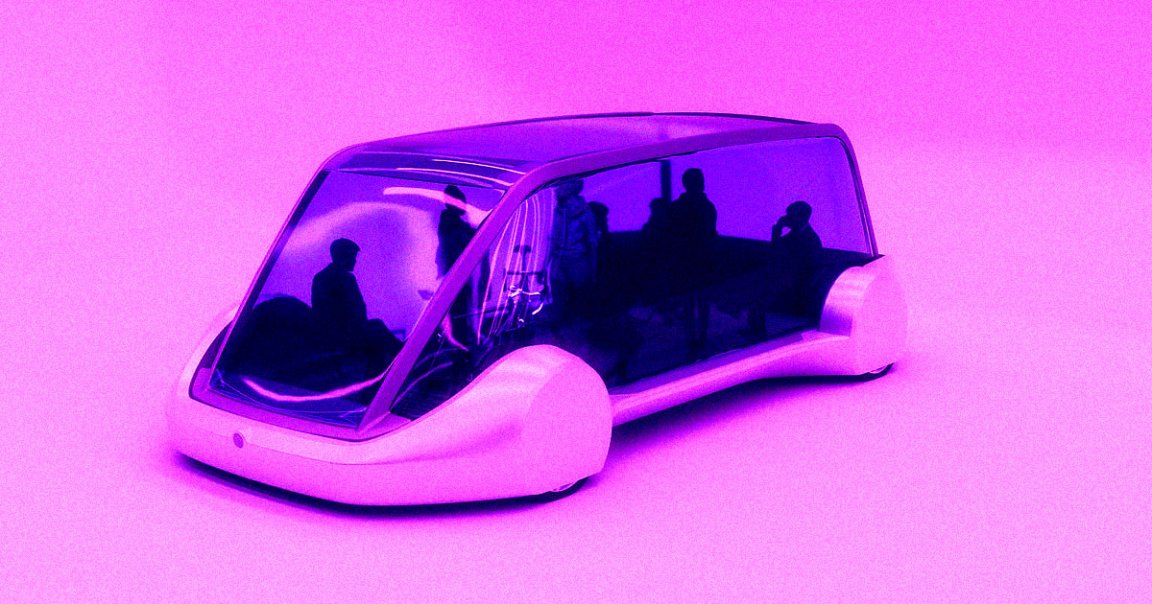
Autonomous Deadline
Remember the time Tesla showed off its humanoid robot called Optimus, except that it turned out to be a person dancing on stage in a robot costume?
This past April, following the news of an abysmal start to the fiscal year, Tesla CEO Elon Musk announced that the company would reveal a “robotaxi” on August 8, a move that didn’t impress investors at the time, who were hoping for the company to double down on a cheaper next-generation vehicle dubbed Model 2 instead.
Now, just under a month out, Bloomberg reports that Tesla is delaying the mysterious event to no later than October, further casting doubt on Musk’s latest pronouncement.
The news also disappointed investors, with shares plummeting over six percent on Thursday, ending an 11-day winning streak.
The delay raises plenty of questions. Does the company actually have anything to show, or should we expect another actor wearing a robotaxi onesie to dance across the stage?
On Autopilot
In an April earnings call, Musk doubled down, claiming that Tesla “should be thought of as an AI robotics company.” The mercurial CEO has repeatedly suggested that the carmaker’s entire value is tied up in the success of its Autopilot and so-called Full Self-Driving driver assistance software.
The logical extension of that tech is a robotaxi that could operate autonomously and earn owners some money on the side — or at least that’s one vision Musk has talked about publicly.
Musk likened the largely hypothetical fleet to a “combination of Airbnb and Uber to some degree,” during an April conference call with investors.
According to Tesla’s latest earnings call, the cab will be “purpose-built,” or developed from the ground up to be self-driving. But whether such a vehicle even exists at this point remains to be seen.
Besides, Tesla has struggled greatly to fine-tune its controversial Autopilot software, which is actively being investigated by the National Highway Traffic Safety Administration and Justice Department following hundreds of collisions and dozens of deaths.
In other words, making the jump from advanced driver assistance software to an entirely autonomous vehicle that doesn’t require a driver is considerable and involves taking plenty of risks, as Tesla’s competitors in the space have already found out the hard way.
An autonomous Tesla taxi fleet is likely still many years out. As of April, when Musk first made the announcement, the company had yet to even apply for establishing a robotaxi service with the DMV — suggesting he may have blindsided much of his company yet again.
More on the robotaxi: There’s Something Very Suspicious About Tesla’s Big Robotaxi Announcement